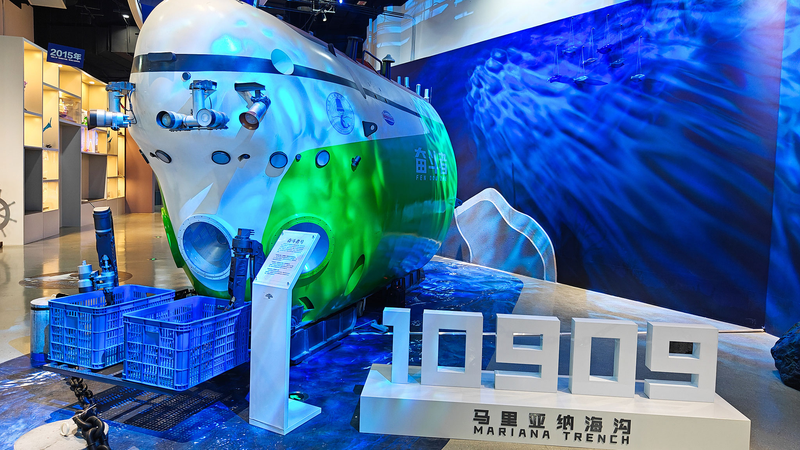A New Deep-Sea Frontier
The United Nations Decade of Ocean Science for Sustainable Development (2021-2030) has officially approved the Global Hadal Exploration Programme (GHEP), a pioneering initiative to map the planet's deepest trenches. Spearheaded by the Institute of Deep-sea Science and Engineering (IDSSE) under the Chinese Academy of Sciences, this mission will unite researchers worldwide to explore, understand, and protect the hadal zone.
From Fragmented Studies to a Global Mission
The hadal zone—depths between 6,000 and 11,000 meters—remains one of Earth's final frontiers. Its extreme pressure, perpetual darkness, low temperatures, and unique lifeforms have challenged scientists for decades. Until now, hadal research has been piecemeal, limited by technological constraints and isolated missions.
China at the Helm
Over the past decade, the Chinese mainland has emerged as a leader in deep-sea exploration. In 2014, the Chinese Academy of Sciences launched its Hadal Science and Technology Program, followed by a historic 10,000-meter dive in the Mariana Trench in 2016. By 2022, China's Global Trench Dive and Exploration Programme leveraged the manned submersible Fendouzhe (Striver) and Tansuo research vessels to reach new depths.
“Venturing deeper is about understanding our ocean so we can coexist with it,” said Du Mengran, a lead researcher at IDSSE.
Collaboration Across Continents
GHEP builds on partnerships with 145 researchers from 10 countries, exploring nine hadal trenches, including Mariana, Kermadec, and Puysegur. The programme brings together institutions from New Zealand, Denmark, Germany, Chile, France, Indonesia, Brazil, Russia, India, the Cook Islands, Papua New Guinea, Singapore, Portugal, and beyond.
Charting the Course Ahead
Starting this year, GHEP will harmonize global studies on extreme environments, life evolution, and geological processes in the hadal zone. Key initiatives include establishing international research hubs, organizing joint deep-diving expeditions, hosting symposia, and offering training with open access to samples, data, and facilities—especially for emerging scientists.
As this deep-sea odyssey unfolds, it highlights how global cooperation can unlock Earth's greatest mysteries and drive sustainable innovation.
Reference(s):
Into the deep sea: China joins global effort to explore hadal zone
cgtn.com



